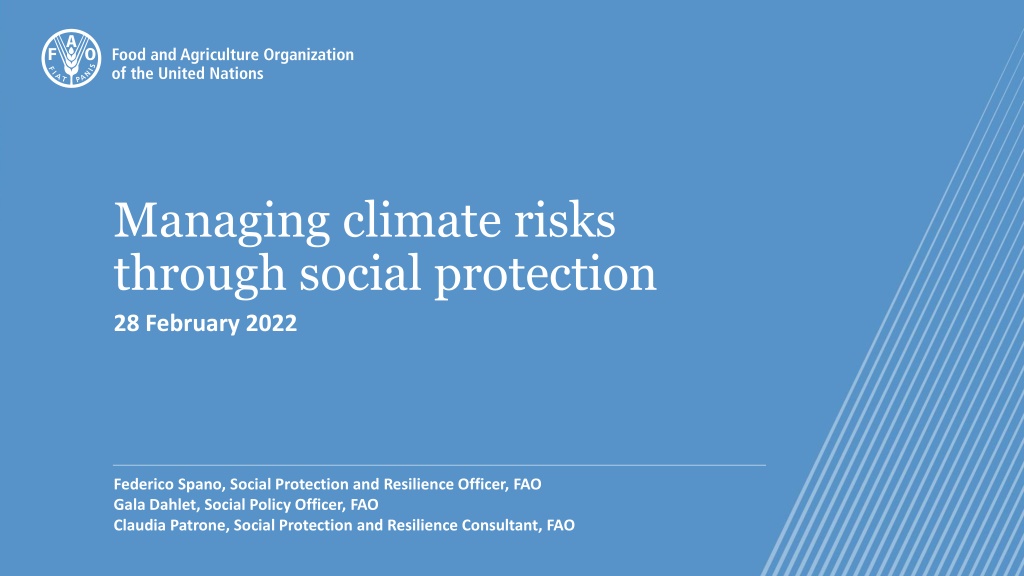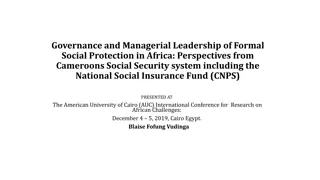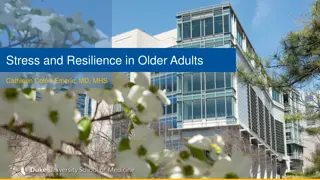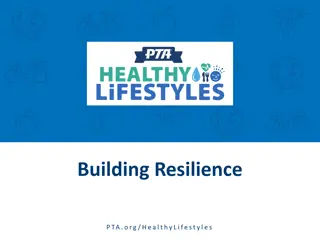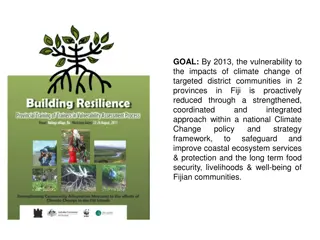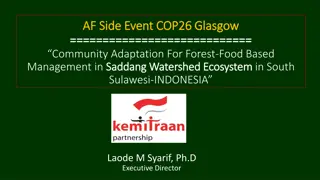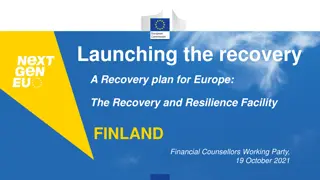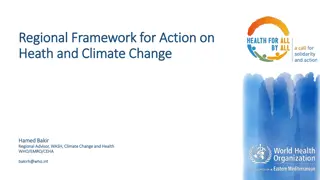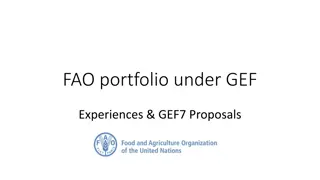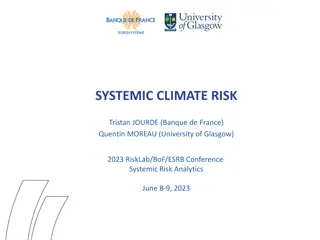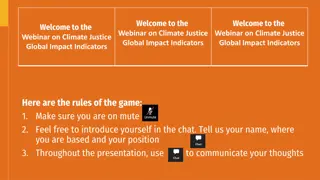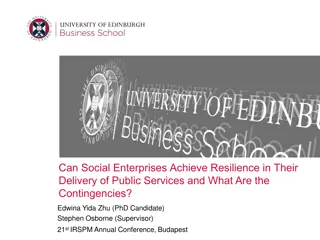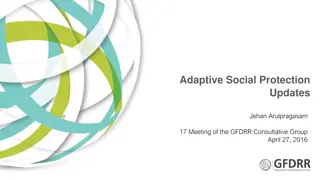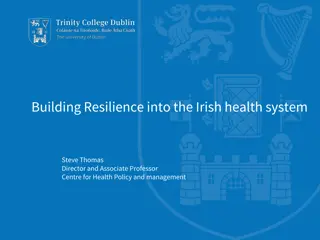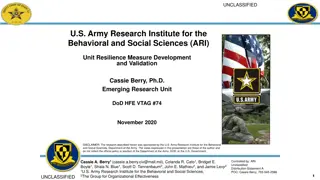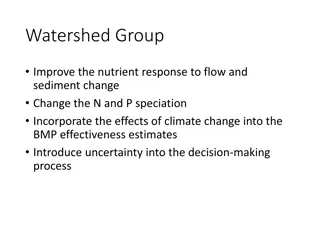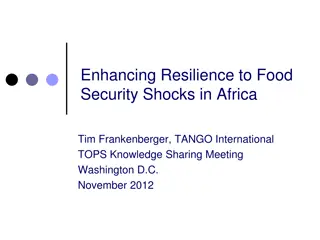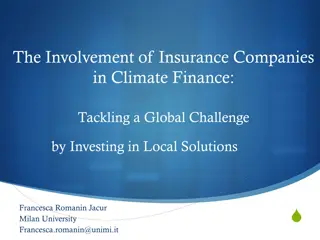Enhancing Climate Resilience Through Social Protection
Managing climate risks through social protection is crucial for vulnerable populations, especially those in rural areas reliant on agriculture. Social protection programs can reduce poverty, increase coping capacity, support climate-resilient livelihoods, and aid in disaster preparedness and recovery.
Download Presentation

Please find below an Image/Link to download the presentation.
The content on the website is provided AS IS for your information and personal use only. It may not be sold, licensed, or shared on other websites without obtaining consent from the author.If you encounter any issues during the download, it is possible that the publisher has removed the file from their server.
You are allowed to download the files provided on this website for personal or commercial use, subject to the condition that they are used lawfully. All files are the property of their respective owners.
The content on the website is provided AS IS for your information and personal use only. It may not be sold, licensed, or shared on other websites without obtaining consent from the author.
E N D
Presentation Transcript
Managing climate risks through social protection 28 February 2022 Federico Spano, Social Protection and Resilience Officer, FAO Gala Dahlet, Social Policy Officer, FAO Claudia Patrone, Social Protection and Resilience Consultant, FAO
Why link social protection to climate risk management? Extreme poor living in rural areas 80% 76% work in agriculture
How does social protection supports climate risk management capabilities? First, by reducing poverty and vulnerability and increasing coping capacity ahead of shocks Increasing incomes and consumption, and helping meet basic needs; Increasing savings and investment in agricultural productive assets and inputs; and Increasing human and social capital.
Second, by serving as a steppingstone to more productive, climate- resilient livelihoods When delivered in conjunction with complementary interventions: Enhancing investments and facilitating the uptake of climate- smart practices and technologies; Promoting the sustainable management of natural resources and the physical environment; and Compensating unintended impacts caused by climate change mitigation measures.
Third, by supporting disaster preparedness, anticipation, response, and recovery Providing timely support either in anticipation of or in response to a shocks; Supporting recovery and reconstruction efforts; and Helping prepare for anticipating or responding to shocks.
Thank you! Federico.Spano@fao.org Gala.Dahlet@fao.org Claudia.Patrone@fao.org
